Yes duplicated I deleted the folder with the libraries installed q the system is temporary files folder Arduino15
Greetings ...
Greetings ...
Czy wolisz polską wersję strony elektroda?
Nie, dziękuję Przekieruj mnie tam .
.
 .
.
 .
.
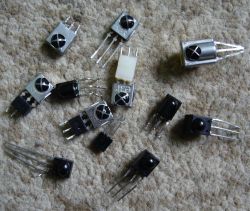

 .
.
 .
.
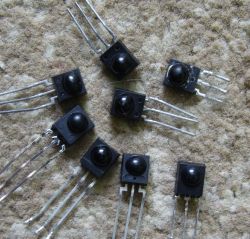 .
.
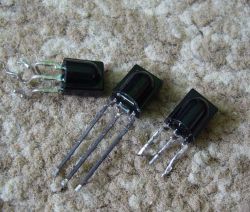 .
.
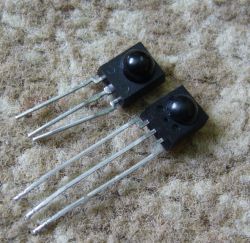 .
.
 .
.
 .
.
// Enkoder 1 - uzywany dla odtwarzacza
#define CLK_PIN1 -1 // Podłączenie z pinu 6 do CLK na enkoderze prawym
#define DT_PIN1 -1 // Podłączenie z pinu 5 do DT na enkoderze prawym
#define SW_PIN1 -1 // Podłączenie z pinu 4 do SW na enkoderze prawym (przycisk)
// Enkoder 2 - uzywany dla radia
#define CLK_PIN2 -1 // Podłączenie z pinu 10 do CLK na enkoderze
#define DT_PIN2 -1 // Podłączenie z pinu 11 do DT na enkoderze lewym
#define SW_PIN2 -1 // Podłączenie z pinu 1 do SW na enkoderze lewym (przycisk)robgold wrote:.IR receivers are very sensitive to various interferences. This is why shielding them is so important. I don't know what kind of receiver you have, but ideally the whole thing should be in a metal "cage". Possibly tape it with copper tape like for EMC tests, wrap it with alu foil from sandwiches (being careful not to short circuit) of course this screen shorted to ground and a small window to "see" the remote control.
DJCheester wrote:.Unless you know how to identify the pins from such receivers...
DJCheester wrote:So encoders are needed at launch - I confirm
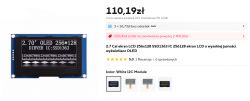 .
.
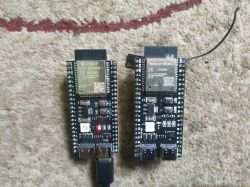 .
.
Szaryczlowiek83 wrote:Because, if I'm getting it right, that kind of tile covers most
